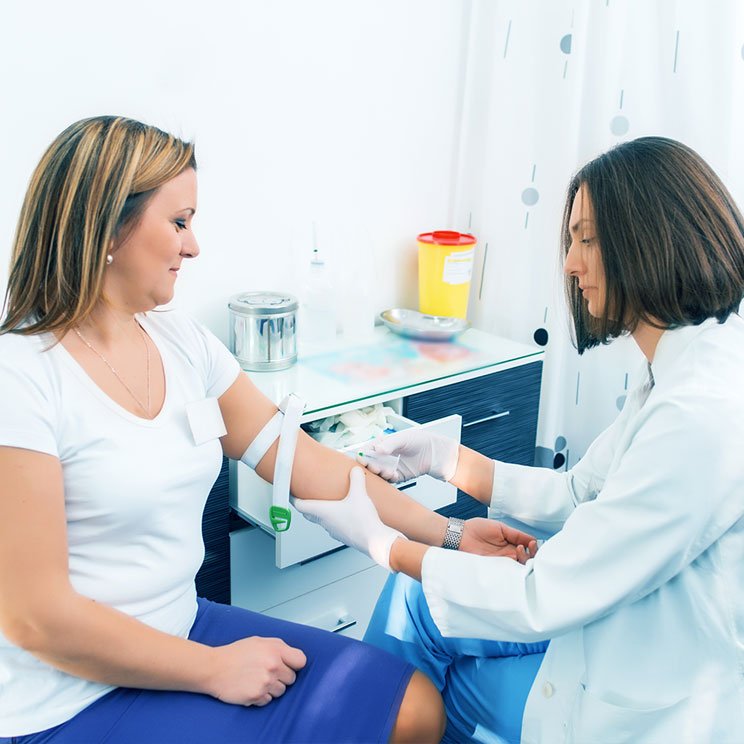Mastering Phlebotomy: A Complete Guide to Tests and Tubes Explained
Phlebotomy, the process of drawing blood for clinical or medical testing, is a crucial skill in the healthcare industry.Whether you’re a nursing student, a medical assistant, or an experienced phlebotomist, understanding the diffrent tests, tubes, and best practices is vital for delivering top-notch patient care. In this extensive guide, we’ll explore everything you need to know about phlebotomy, from basic procedures to the intricacies of blood collection tubes.
What is phlebotomy?
Phlebotomy comes from the Greek words ‘phlebo,’ meaning vein,and ‘tomy,’ meaning incision. The practice involves puncturing a vein to obtain blood samples for various laboratory tests, blood donations, and transfusions. Phlebotomists play a key role in diagnosing diseases, monitoring health, and conducting research.
Understanding Blood Tests
Blood tests are essential for determining a person’s health status and diagnosing conditions. Here are some of the most common tests:
- Complete Blood Count (CBC): Analyzes components of blood including red and white blood cells.
- Basic Metabolic Panel (BMP): Measures glucose, calcium, and electrolytes.
- Lipid panel: Assesses lipid levels to evaluate cardiovascular health.
Phlebotomy Tests Checklist
This checklist will help ensure you’re prepared for any blood collection you might encounter:
- Patient identification
- Type of test ordered
- Preferred site for blood collection
- required tubes and additives
The Role of Blood Collection Tubes
Blood collection tubes are designed for specific tests and contain different additives to preserve samples. Understanding these tubes is crucial in avoiding contamination or compromised results.
Common Blood Collection Tubes and Their uses
| tube Color | Additive | Common Uses |
|---|---|---|
| Red | No additive | Serology and blood bank tests |
| Blue | Sodium citrate | coagulation studies |
| Green | Sodium heparin | Stat chemistry tests |
| Gray | Potassium oxalate | Glucose testing |
| Purple | EDTA | Complete blood count (CBC) |
Benefits of Mastering Phlebotomy
Mastering phlebotomy can greatly improve your career prospects and enhance the quality of care you provide. Here are some key benefits:
- Increased Job Opportunities: Skilled phlebotomists are in high demand in hospitals, clinics, and laboratories.
- Enhanced Patient Interaction: You’ll be able to develop relationships with patients, helping to put them at ease during the blood draw process.
- Advanced Skills: Gaining proficiency in phlebotomy increases your overall clinical competencies.
Practical Tips for Triumphant Blood Collection
Here are some practical tips to make your blood collection process smoother:
- Communicate with Patients: Explain the procedure to them and address any concerns.
- Select the Right Site: Use the antecubital fossa for adults, as it has larger veins.
- Practice Proper Technique: Ensure proper needle insertion angle (15 to 30 degrees) for optimal blood flow.
- Label Tubes Immediately: Avoid confusion by labeling tubes at the bedside before leaving the patient.
Frist-hand Experience: A Case Study
During my training, I encountered a patient who was anxious about their blood draw. they were a frequent visitor to our clinic, and their previous experiences with blood collection were not pleasant. I took the time to explain the process, emphasizing how quick and easy it would be. After gently choosing the right site on their arm and using a butterfly needle, I ensured they were comfortable before proceeding. The collection was seamless, and the patient left feeling relieved and grateful.This experience highlighted the importance of patient care in phlebotomy.
Conclusion
Mastering phlebotomy involves understanding various blood tests, the appropriate collection tubes, and the best practices for conducting a successful blood draw. By enhancing your skills in this area, you contribute positively to patient care and broaden your professional opportunities. Whether you are starting your career or looking to refine your skills, this complete guide serves as a resource for navigating the exciting world of phlebotomy.
